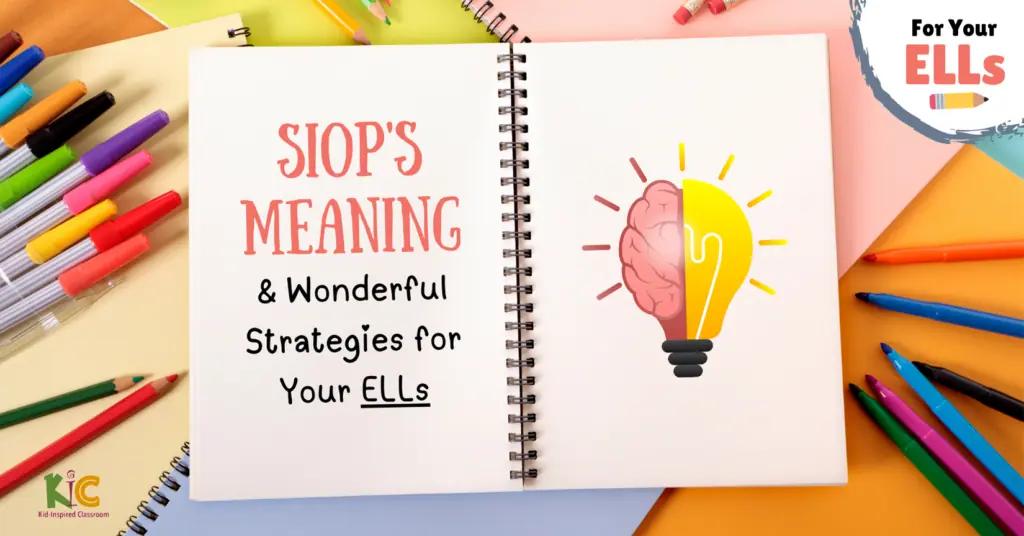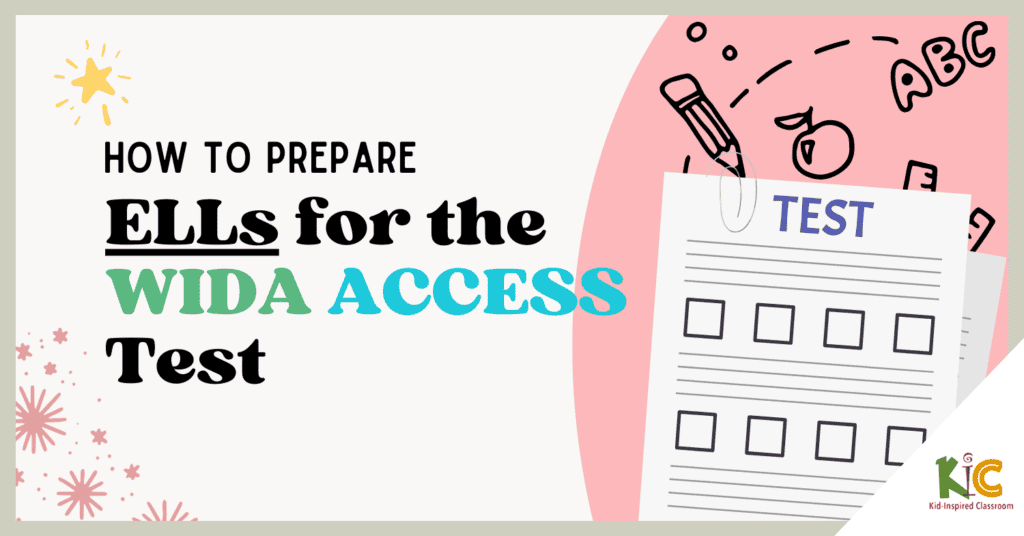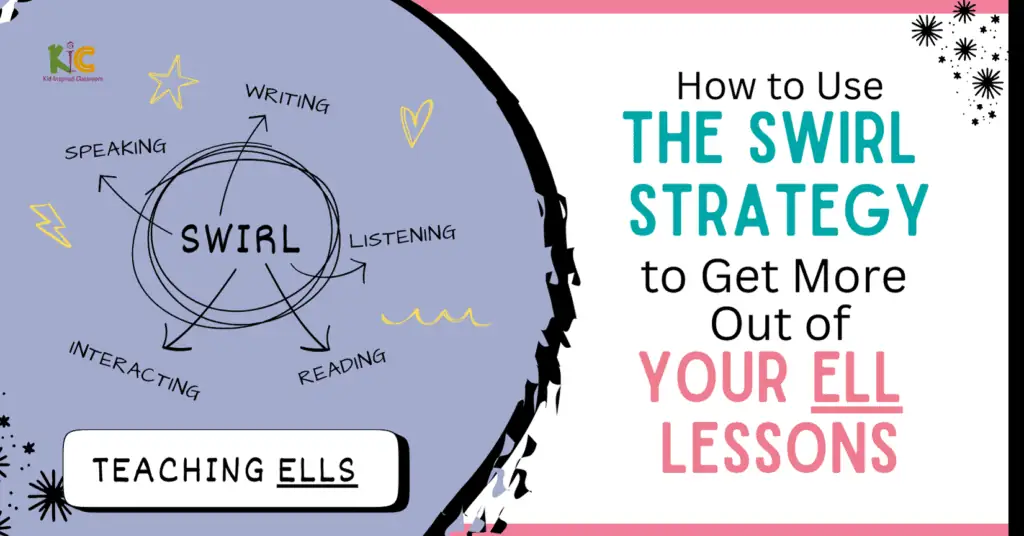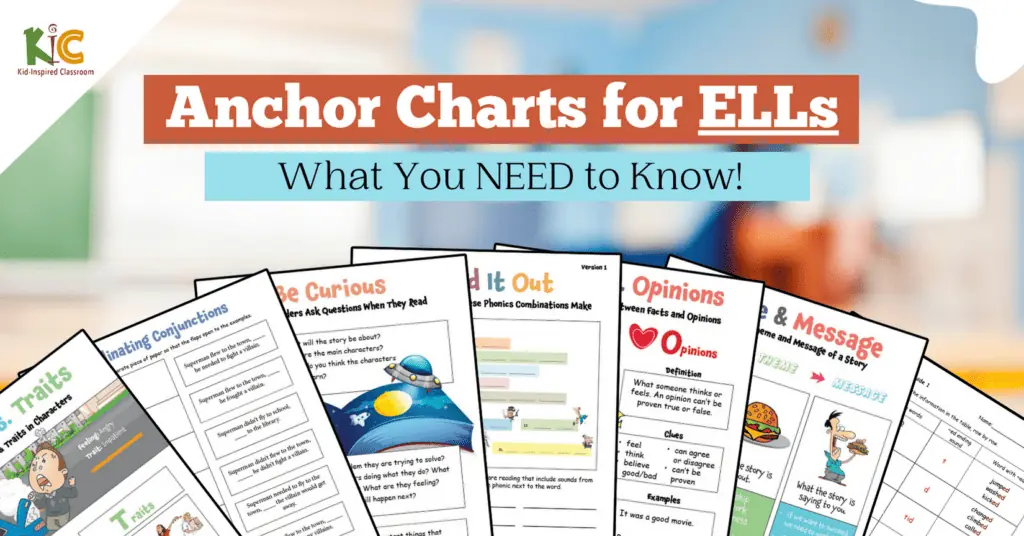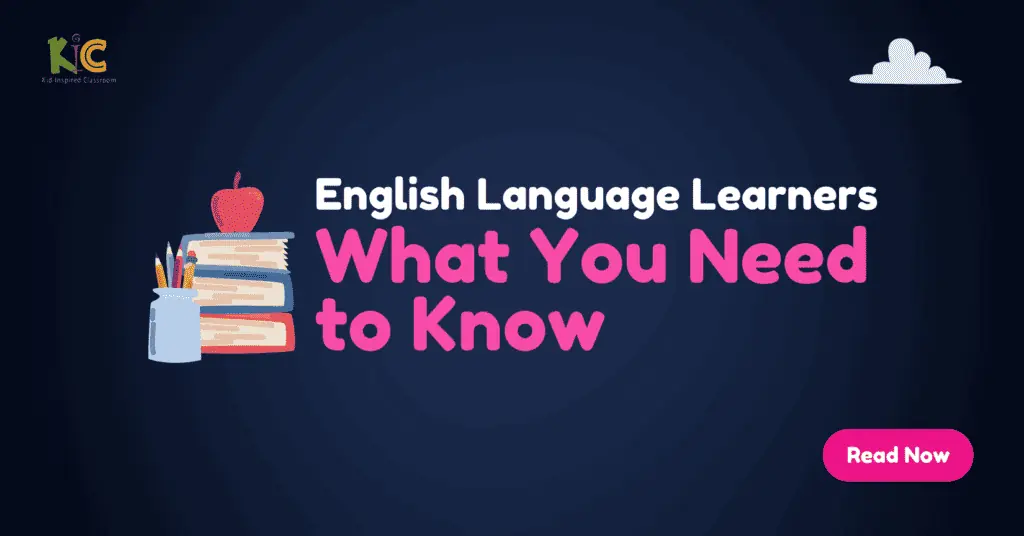
It is unproductive to give a student an answer to a question they are not asking.
That is the essence of inductive learning.
I am a fan.
Too often, we imagine that teaching involves the simple process of scooping some knowledge out of our own cup and pouring it into our students’ cups.
That is the basic idea of direct instruction.
I have knowledge; they need that knowledge.
Here you go.
Only, very often, students have no interest in the knowledge we are trying so desperately to give them. Their hands are over their cups and no amount of pouring is going to effectively get that knowledge in.
If only we could force their hand away, if only we could take their cup away, fill it for them, and then give it back.
Elon Musk’s Neurolink technology may make that possible--even if it is still morally questionable—but as of yet, knowledge still has to go in the traditional way: willingly.
That is where inductive learning comes in.
Inductive learning requires the students to come to conclusions on their own.
There are a lot of great articles on how to teach inductive learning. Larry Ferlazzo has put together a great list in this article (See link below).
Here is the basic process.
The teacher gives examples and the students come up with the rules or principles on their own.
You don’t tell them that first-person singular verbs get an ’s’ in the present tense. You give them example sentences in the present tense and let the students come to their own conclusions.
There are lots of benefits to using this approach. Paul Kaye provides a list of the benefits in his article Presenting New Language on the British Council’s Teaching English blog.
Teaching inductively isn’t easy.
It sounds great on paper, but it comes with its own set of difficulties.
Weaker students for instance would definitely benefit from inductive learning…if you could get them to care.
If they don’t care, it is not going to matter what style of teaching you use.
You can give weaker students a list of examples, ask them to extrapolate concepts, and they will likely stare at you like you have asked them to detail the schematics of an InstaPot.
We all know that a weak student would benefit from coming to the conclusions on their own because they are certainly not benefitting from being told those conclusions.
But their motivation to come to any conclusion at all is even more important.
Most weak students are more motivated by the desire to be done than they are to learn anything.
Coming to their own conclusions can seem to them like a very roundabout way of completing something, and they would much rather you just tell them the answers.
You know of course that they have a zero chance of remembering the answers if you tell them, and so you insist that they come to the conclusions on their own.
You are at an impasse.
The student refuses to think; and you refuse to do it for them.
One of the biggest issues in motivation is the student’s internal cost-benefit analysis of a situation.
Our weak students don’t feel the benefits of putting in the effort outweigh the benefits of sitting there and running out the clock.
They don’t feel the benefits of trying to get the answers out of the text outweigh the benefits of trying to get the answers out of you.
Learning is a learned skill.
“Learners are made, not born,” says Ulrich Boser in a Harvard Business Review article.
These weak students may be pretty bad at learning, but they can get better.
And one of the first steps to helping them get better is to convince them that they are capable of learning something in the first place. That means building their confidence, their belief in their own abilities.
That is where I believe we need to blend the inductive and deductive approaches.
I call this the in-deductive…de-indeductive…con-ductive…OK, I don’t have a name for it.
If an unwilling student says they don’t know, a staring competition will only waste their time and yours.
- Tell them the answers.
- Just don’t let them write anything down.
- Then have them teach it back to you or another student.
- Celebrate their success with clapping, pats on the shoulder and a "that's what I'm talking about." (You can vary the specifics based on age group.)
- Then come back to them a little later and ask them to teach it to you again.
- Repeat celebration.
- Then you can build on that with slightly more difficult iterations of the same task.
Looking at a worksheet, for example, of present tense sentences.
If a student is unable to inductively learn the rules, we can deductively tell the student the answer.
“He, she, it, only one gets ’s’.
“See here, here, and here.”
“Don’t write yet.”
“Now, you teach me.”
The student walks you through the same logic. If they cannot, that is alright. Just repeat the explanation for them and have them try again until they are able to do it.
If time is an issue, which it usually is, you can:
- Teach the whole class using this deductive-inductive blend any time you are teaching something new. The strong students may not need it, but it doesn’t hurt them, and your weaker students will be much closer to where they should be when you do.
- Group the weaker students together for a little deductive-inductive blending seminar while the rest of the class works on something more independent.
Give it a try and if you come up with a better name for it, I’d love to hear it.
Read More on Inductive Learning
